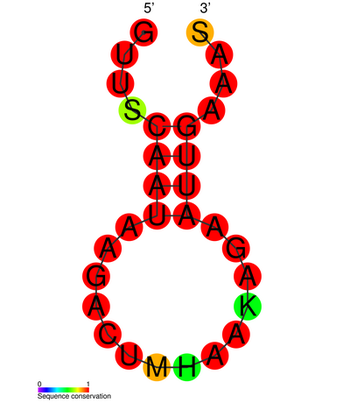"If a product can be sold on Amazon, you can be sure the margin will asymptote toward zero."
-- @micahjay1
After Walmart started uprooting small towns of small stores, Sam Walton suggested that it might be true that it is hard for small stores to compete with Walmart on price, but they could beat Walmart on value add. What can be the value add for products that can be found on Amazon?
Can your product be custom made for individuals? Amazon could not do that. Can your product be made integral to some service only you can provide? Body oil might be cheap on Amazon, but Amazon does not do massages. Or therapy, for that matter. Amazon sells yoga mats, but it does not give yoga lessons.
When manufacturing itself is customized to each individual, Amazon is totally out of the picture. One size does not fit all. Not always. Maybe never, given the chance.
Well said: "if a product can be sold on Amazon, you can be sure the margin will asymptote toward zero" @micahjay1 https://t.co/iDpHJL3D31
— Sapna Shah (@RedGiraffe) November 16, 2015Wary Of The “Next Warby”
I fear that many of the more recent consumer product-oriented startups put too much stock in their ability to build a brand, or — even worse — their ability to hire an agency to build the brand for them. Strong marketing is certainly necessary, but not sufficient for building venture-scale businesses. ..... Slick messaging and innovative industrial design capture consumer attention, but it’s the founder’s focus on outsize profit margins that captures VC interest. ....... Eye care in the U.S., and most of the world, is dominated by a Swiss company called Luxottica. You’ve probably never heard of them, but they control 80 percent of the market for eyeglasses. ...... Like Apple, Luxottica has vertically integrated to such a degree that it’s very difficult for anyone else to compete. ...... The $9 billion U.S. mattress market is essentially controlled by two private equity firms who bought up the most valuable brands in the market. The companies that ran these businesses cost-engineered the products to make them cheaper to produce, for instance, by making mattresses singled-sided — which forces more frequent replacements. ........ Mattresses are big and bulky, and rely on specialty retail locations staffed by salespeople that make used-car salesman look honest. Still, limiting competition and channels meant margins were protected. Until Casper came along. ...... Casper cuts through this knot by shipping a full-sized mattress in a conventional box via UPS or courier. ....... Casper has been able to create a differentiated product at a low cost, figure out a better way to sell and deliver, all while keeping margin along the way. ..... Like the market for glasses and mattresses, the $3 billion U.S. razor market is huge and concentrated, with Gillette and Schick accounting for 70-90 percent of sales. ....... Razors have never been better, but that fanaticism for follicle removal comes with an obscene price tag. ..... Basically, if a product can be sold on Amazon, you can be sure the margin will asymptote toward zero. ..... Founders should bathe themselves in the nuance of an industry by attending trade shows and talking to insiders. .......VCs and founders can act a bit like lemmings.
...... Mattresses were comfy or cost-effective before Casper, but they were never cool.

























